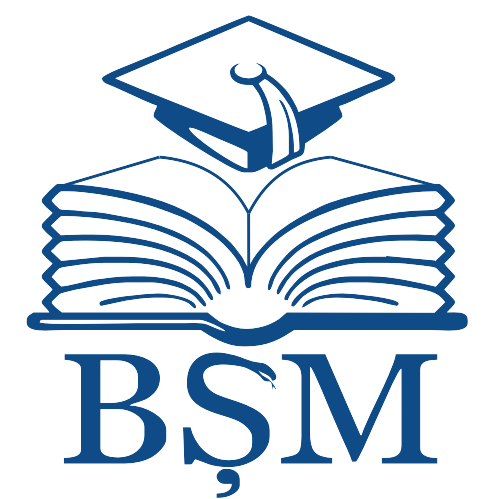|
|
- IRMS - Nicolae Testemitanu SUMPh
- 1. COLECȚIA INSTITUȚIONALĂ
- MATERIALE ALE CONFERINȚELOR ȘTIINȚIFICE
- The 19th Edition of the South-East European Ophthalmological Society Congress. October 18-19th, 2024, Chisinau, Republic of Moldova
- The 19th Edition of the South-East European Ophthalmological Society Congress Abstract book. October 18-19th, 2024, Chisinau, Republic of Moldova
Please use this identifier to cite or link to this item:
http://hdl.handle.net/20.500.12710/30350
| Title: | Contemporary features of the etiopathogenetic treatment of patients with red eye syndrome |
| Authors: | Venger, L. O.
Konovalova, N. V.
Burdeinyi, S. I. |
| Issue Date: | 2024 |
| Publisher: | CEP Medicina |
| Citation: | VENGER, L. O.; KONOVALOVA, N. V.; BURDEINYI, S. I. Contemporary features of the etiopathogenetic treatment of patients with red eye syndrome.In: The 19th SEEOS Congress: abstract book, Oct. 18-19th, 2024 / org. commit.: Eugeniu Bendelic [et al.]. Chişinău: CEP Medicina, 2024, p.23. ISBN 978-9975-82-393-7. |
| Abstract: | Relevance: Red eye syndrome encompasses various diseases with conjunctival
vessel injection as the leading symptom. Its sudden onset often indicates ocular
infection, necessitating prompt diagnosis and expert care.
Objective: To determine contemporary features of the etiopathogenetic treatment
of patients with red eye syndrome.
Materials and methods: The examination included 28 women and 21 men with red
eye syndrome, with an average age of 44.5±7.9 years. All patients underwent
standard ophthalmic examination, bacteriological examination (conjunctival swab),
virological (PCR tear test), serological (IgM and IgG to herpes virus I, II, III types),
Schirmer`s and Norn test.
Results: The infectious nature of red eye syndrome was confirmed by bacteriological
and virological studies in 43 patients (24 - showed herpetic etiology, 6 had noninfectious causes, mainly linked to ophthalmo-rosacea). Treatment involved dietary
adjustments, eyelid hygiene, preservative-free artificial tears and dermatological
examination.
Trigeminal neuralgia was observed in nearly 69.4% of patients, indicating nasociliary
neuralgia syndrome characterized by unilateral pain in the nose wing, periorbital
area, and forehead skin. Treatment included Gabapentin and B-group vitamins to
alleviate pain. Trigeminal neuralgia was present in all cases with confirmed herpetic
etiology, alongside symptoms like decreased corneal sensitivity and dendritic
keratitis. Patients received topical antiviral agents prescribed by specialists and
antibiotic treatment based on microbiota examination results. Acanthamoeba
keratitis was diagnosed in patients using contact correction after swimming, evident
from a corneal ring infiltrate. In conclusion, patient evaluation for red eye syndrome
should include trigeminal neuralgia assessment, serological examination for viral
immune response, and dry eye symptom assessment. Etiopathogenetic treatment
and artificial tears significantly improved the condition of 43 patients and led to
clinical recovery.
Conclusions: Patients with red eye syndrome should undergo evaluation for
trigeminal neuralgia, serological examination for viral immune response and
assessment of dry eye symptoms. Taking into account the contemporary features
of etiopathogenetic treatment in patients with red eye syndrome has enabled
achieving clinical recovery in 87.8% cases, improving compliance, and enhancing
patients' quality of life. |
| metadata.dc.relation.ispartof: | The 19th Edition of the South-East European Ophthalmological Society Congress. October 18-19th, 2024, Chisinau, Republic of Moldova |
| URI: | https://repository.usmf.md/handle/20.500.12710/30350 |
| ISBN: | 978-9975-82-393-7 |
| Appears in Collections: | The 19th Edition of the South-East European Ophthalmological Society Congress Abstract book. October 18-19th, 2024, Chisinau, Republic of Moldova
|
Items in DSpace are protected by copyright, with all rights reserved, unless otherwise indicated.
|


